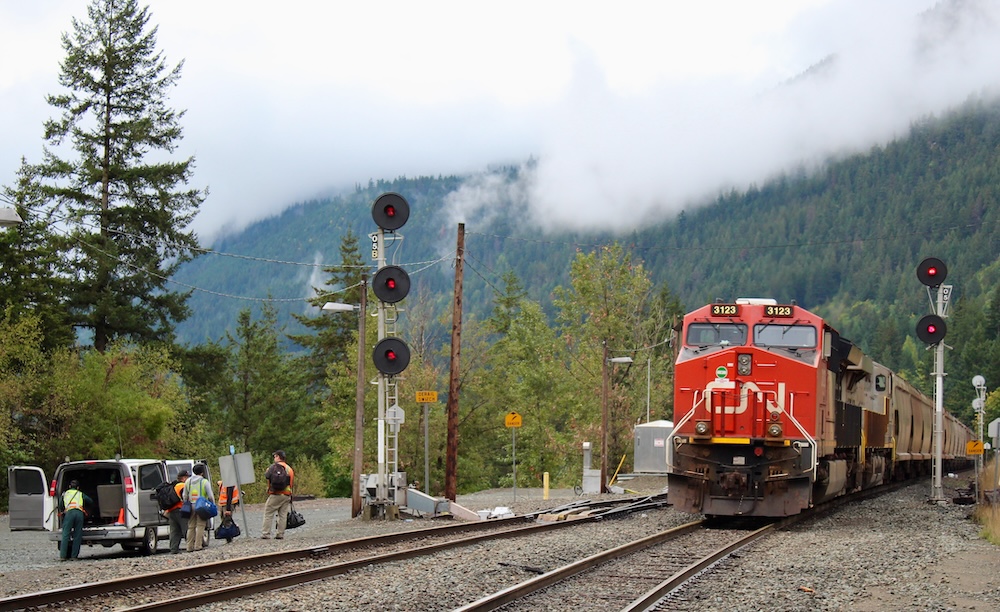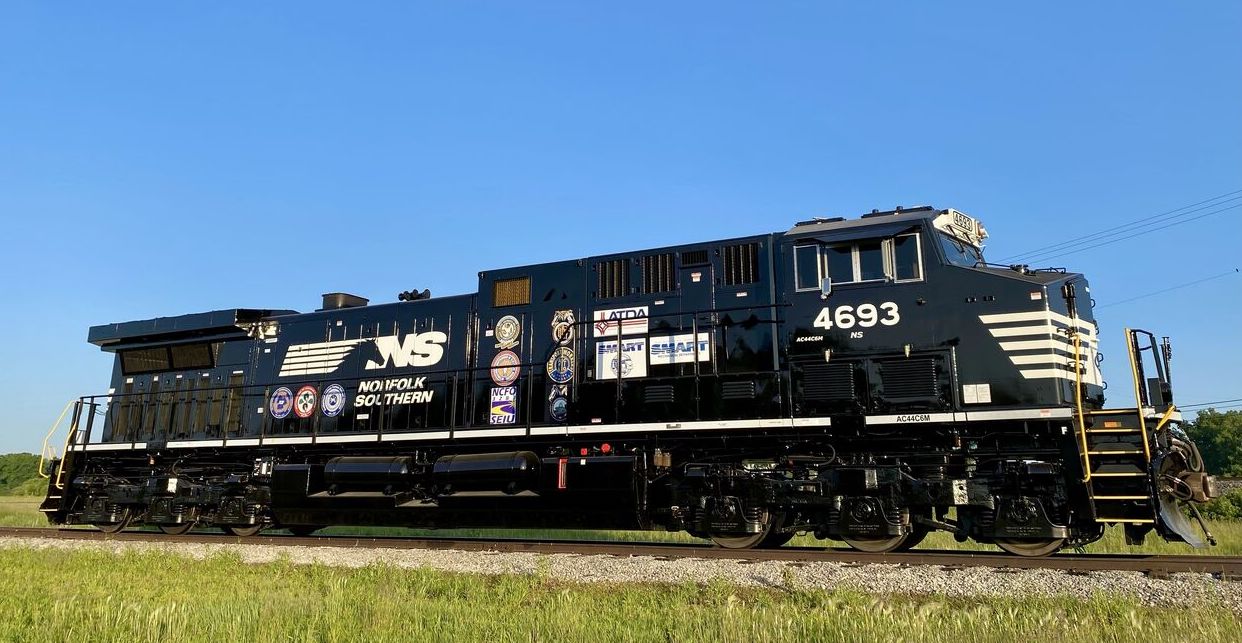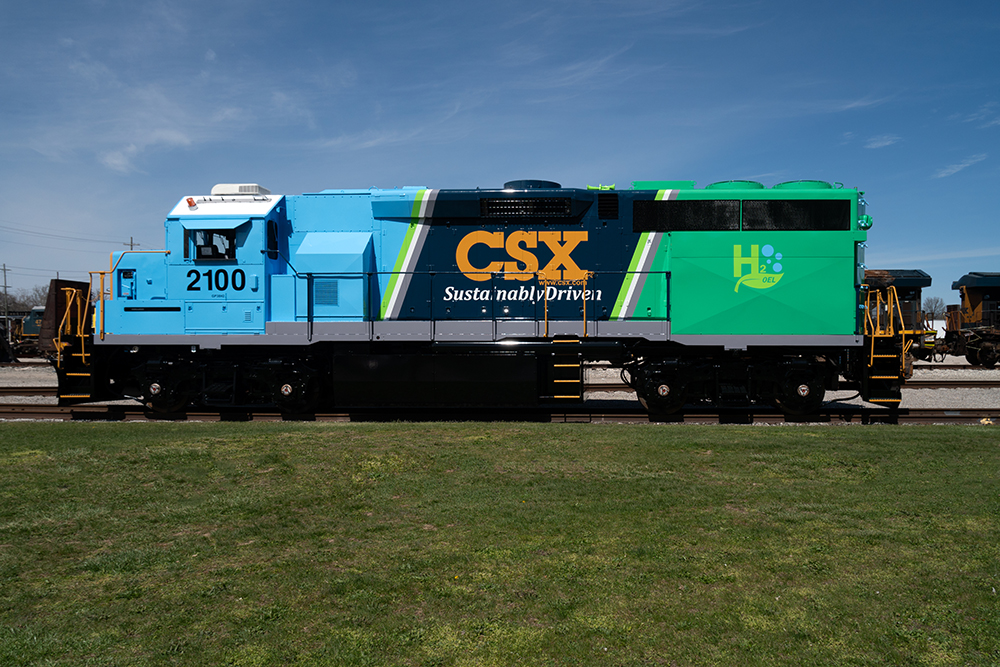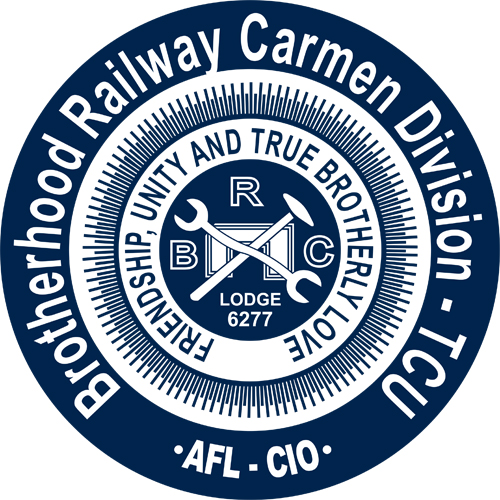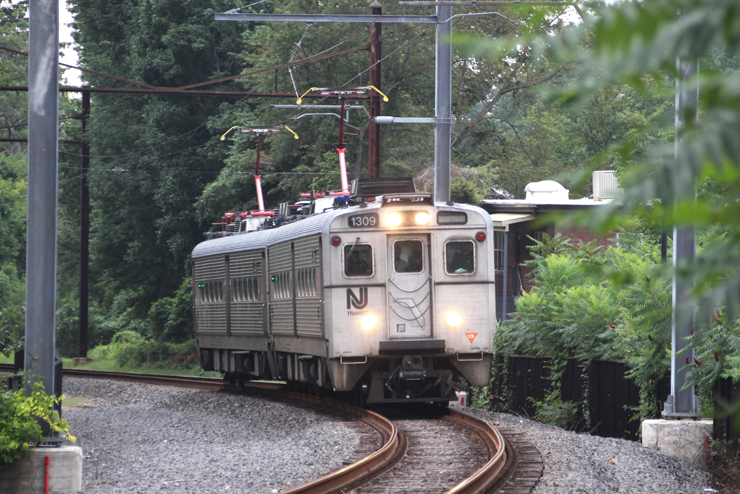
NJ Transit study considers alternatives to ‘Princeton Dinky’ rail service
NJ Transit is conducting a study that could lead to replacement of the “Princeton Dinky,” the 2.7-mile rail operation using two-car Arrow III trainsets to connect the Northeast Corridor’s Princeton Junction station to the Princeton University campus that is the shortest scheduled commuter rail line in the U.S. The Planet Princeton website reports the Princeton Transitway study is looking at four options:
— A no-built option that would continue the current service;
— A roadway with embedded rail that can support rail and rubber-tired transit vehicles;
— A standalone rail corridor with a parallel roadway for bus or rubber-tired tram service;
— A roadway with a guideway that could support a rubber-tied tram and buses.
Potential expansion of the service into downtown Princeton, and the addition of more stops, will also be part of the study. A final analysis and selection of a preferred alternative is due by the end of the year.
BART could extend service hours as soon as September, officials say
Bay Area Rapid Transit expects to extend service hours to midnight on weekdays and Saturdays as soon as September of this year, agency officials told the BART board of directors on Thursday. KTVU-TV reports the full service restoration plan would include trains every 15 minutes instead of the current 30-minute intervals, and would add more than $42 million in operating costs to the budget for fiscal 2022, which begins July 1. Officials also offered two alternative plans which would increase service, but to lesser degrees. Since last March, service has ended at 9 p.m. on weekdays and 8 p.m. on weekends.
COVID pandemic leads to 2020 loss for Alaska Railroad
Reflecting the impact of the COVID-19 pandemic, the Alaska Railroad suffered a $7.8 million loss in 2020, according to the railroad’s annual report issued this month. The railroad finished the year with total revenues of $150.7 million and expenses of $158.5 million. While the railroad’s statutory mandate is to be self-sustaining, it accepted short-term financial losses in 2020 to maintain its workforce and assets that will be needed for its recovery. “In a year of unimaginable challenge and change, the Alaska Railroad met demands on multiple fronts thanks to the perseverance and ingenuity of railroad employees,” Alaska Railroad Corp CEO Bill O’Leary said in a press release. “The 2020 annual report recounts many of their remarkable feats of productivity, efficiency and reliability.” The full report is available here.






